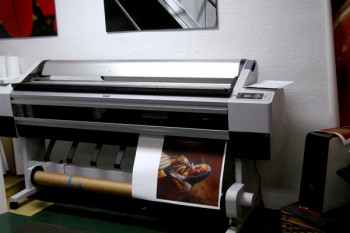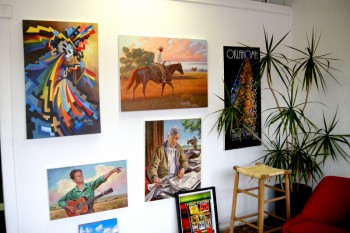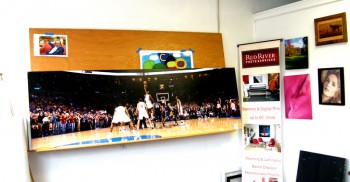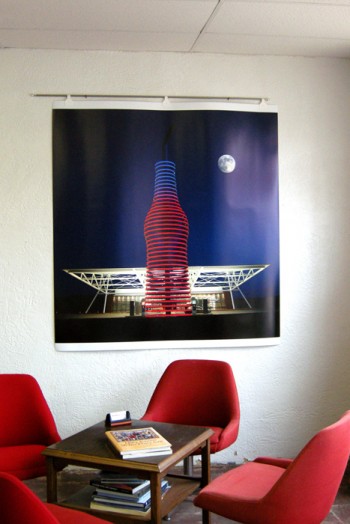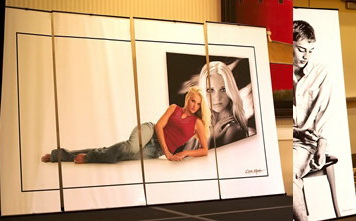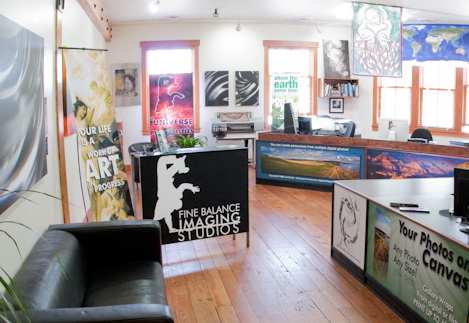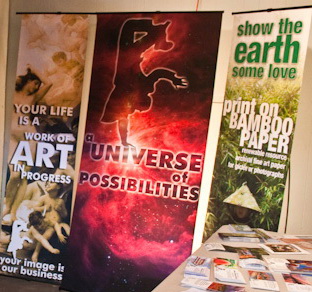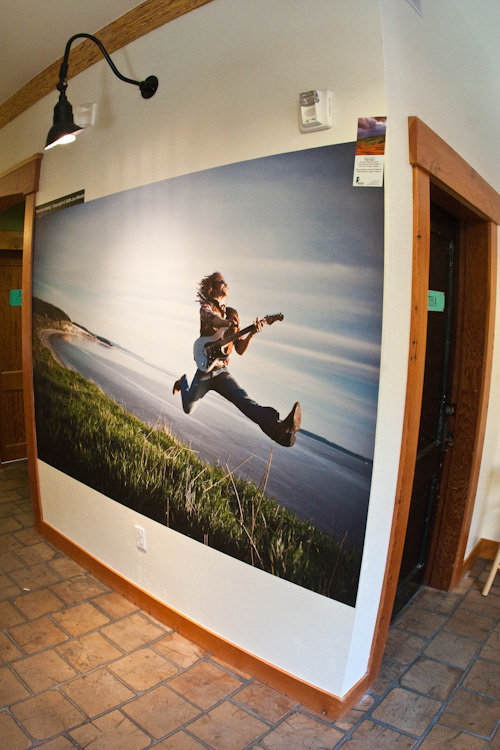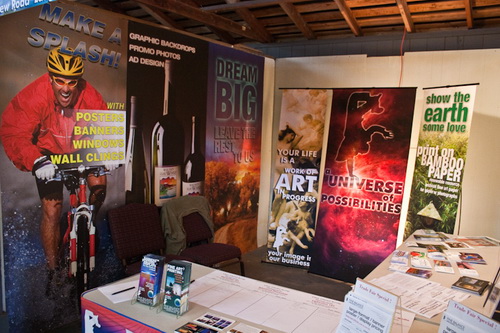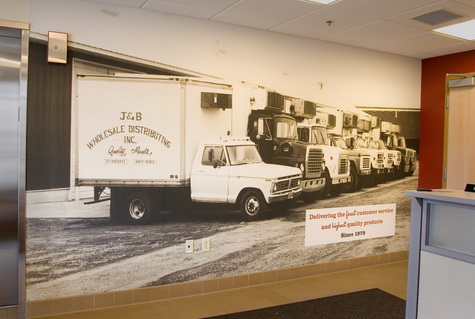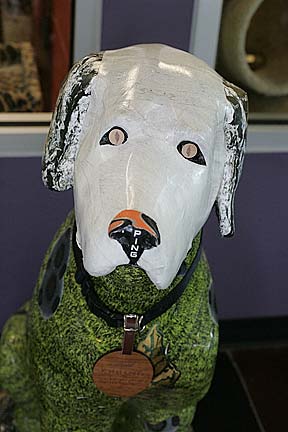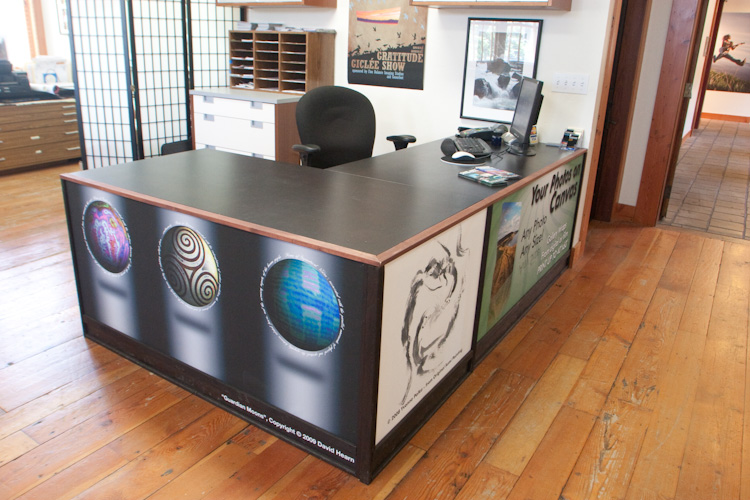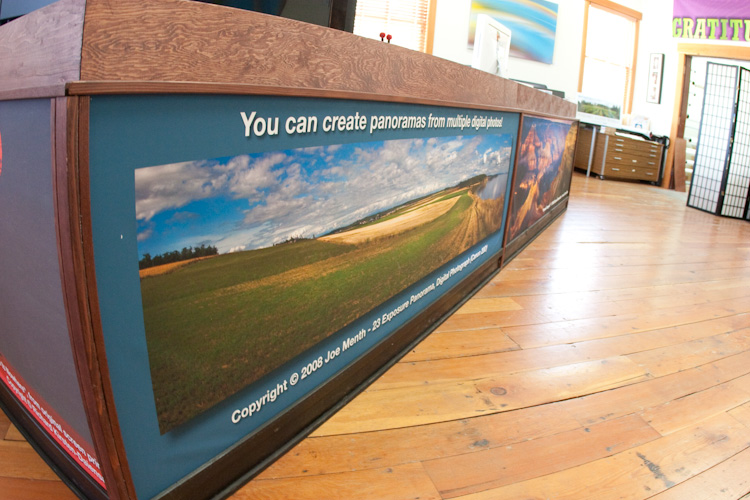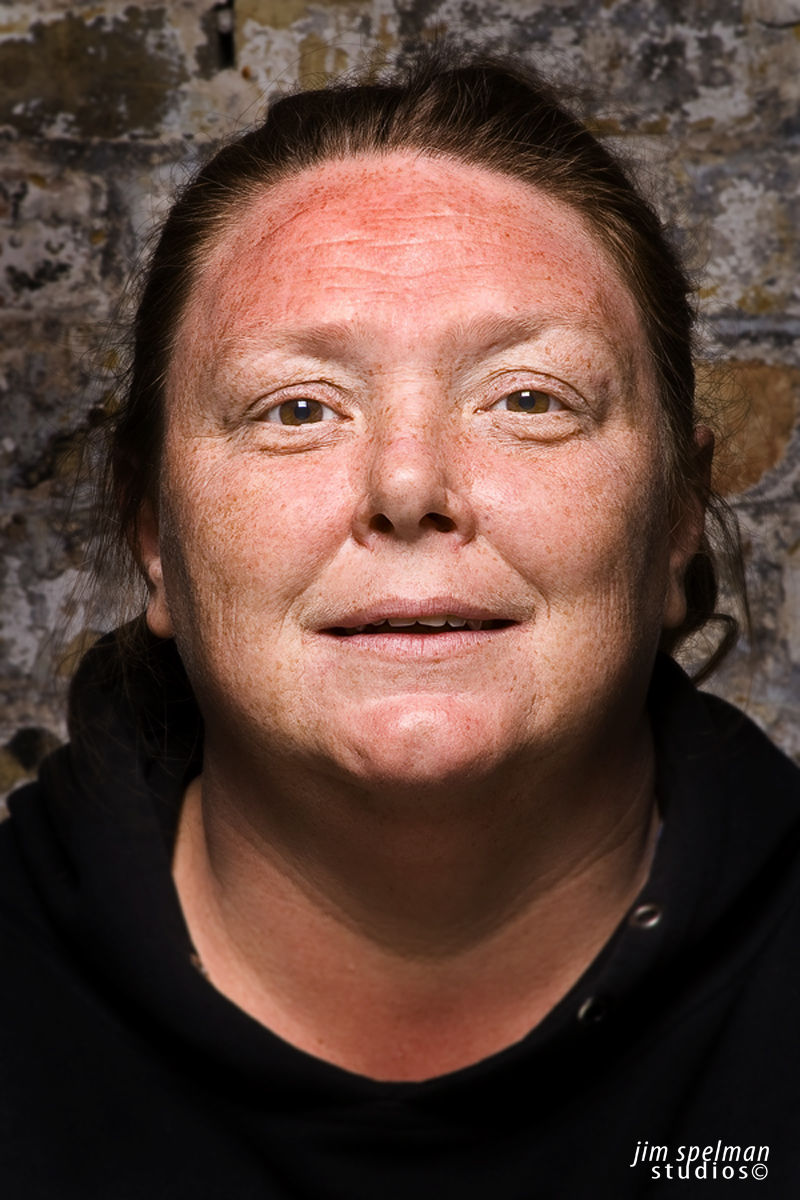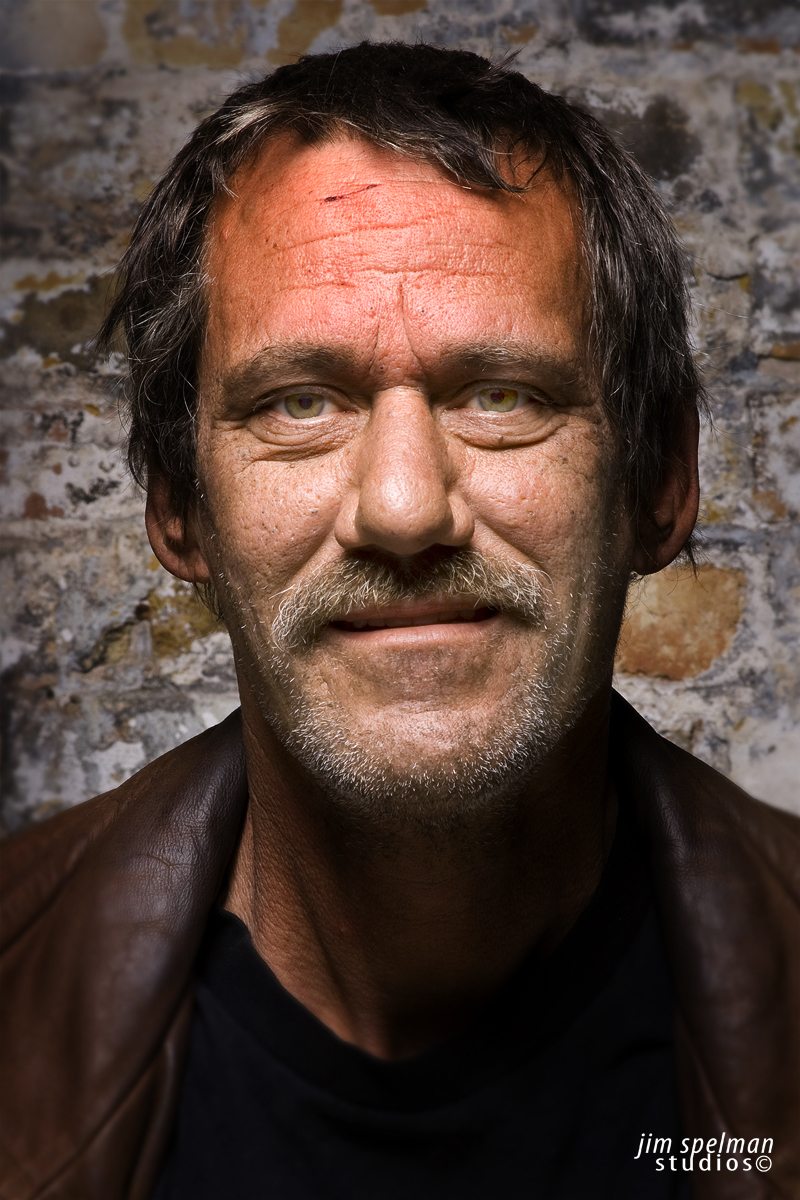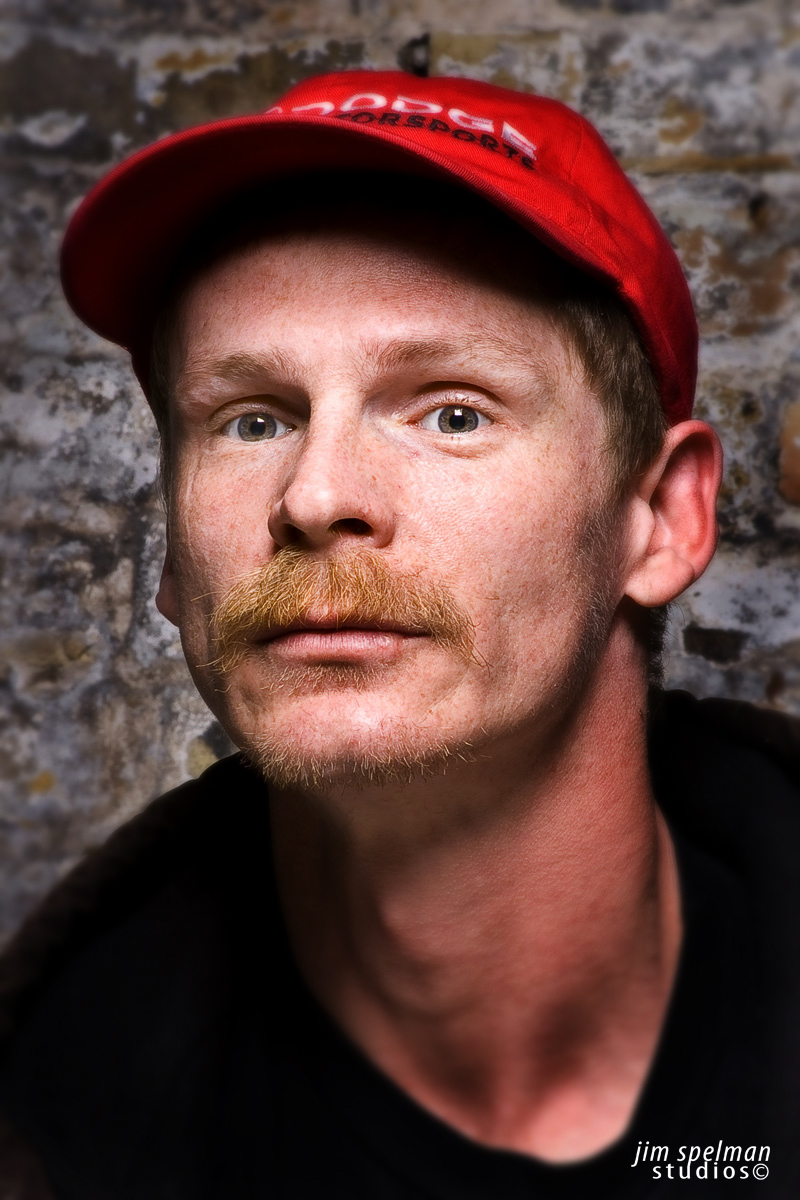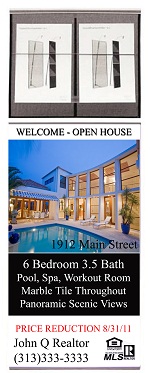 LexJet customer specialist Michael Clementi recently approached me with a fantastic idea for local businesses, like real estate agencies, that pass out collateral materials – brochures and sales sheets – as a matter of course.
LexJet customer specialist Michael Clementi recently approached me with a fantastic idea for local businesses, like real estate agencies, that pass out collateral materials – brochures and sales sheets – as a matter of course.
Michael explains: “Our customers are always looking for new ways to make money with their printers. The Expand BrochureHolder banner stand is perfect for going after local real estate companies. The banner stands have a lifetime warranty and you can rent or sell them outright, adjusting the price accordingly.
“If you rent them to a realtor who’s holding open houses for, say, $40 a day, then you only have to rent it three times to show a profit on the stand, not to mention the money you make printing the graphics.
“I recommend LexJet TOUGHcoat Water-Resistant Polypropylene, one of LexJet’s Opaque Display Films (5.5 Mil Matte, 6.5 Mil Gloss Opaque or 10 Mil Opaque), Water-Resistant Satin Cloth, or one of our new Poly Select fabrics for an elegant, flowing look.”
Thanks Michael… And if you’re looking for good ideas to build business and the best products to do it with, contact Michael or any LexJet customer specialist at 800-453-9538.

